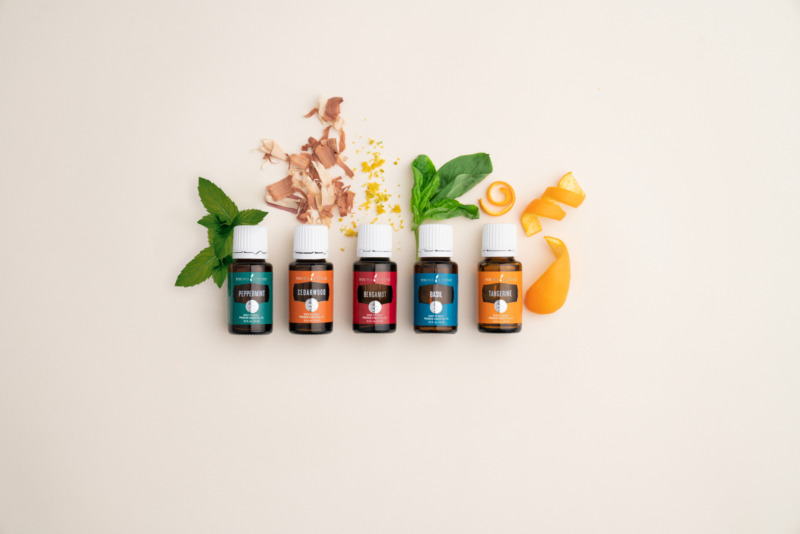
by Ed Slingerland | Jun 1, 2023 | Blog, frequently asked question, Newsletter
Can essential oils go bad?
If you have a collection of essential oils, you’ve probably wondered, “Can essential oils go bad? Do essential oils go bad?” The answer is: not really! Essential oils don’t go bad the same way as food or other items, but they undergo an oxidation process that begins as soon as the bottle is opened and the oil is exposed to oxygen in the air. Light and heat also enhance oxidation.
It is important to understand what oxidation is…
When an oil comes in contact with oxygen, ultraviolet light and heat, its composition begins to change. The oxygen bonds between molecules are converted to carbon bonds. Over time, the essential oil begins to lose its potency and effectiveness as its chemical composition is broken down by oxidation. This is why most essential oils are sold in amber bottles; the dark glass provides better protection from ultraviolet light. Although essential oils do not “go bad” like food, they change over time. Because of these changes, we cannot fully determine the exact composition of essential oils after oxidation and recommend using oils aromatically only after the recommended shelf life has expired. The good news is that there are a few simple things you can do to slow the rate of oxidation and extend the life of your oil.
How do I extend the shelf life of essential oils?
Extending the shelf life of your oils is pretty easy! Just follow these tips:
- Keep them sealed
- Store them in dark amber bottles
- Keep them out of direct light and heat.
- Essential oils on a shelf
What is the shelf life of common essential oils?
Many essential oils have a shelf life of about 2-5 years if stored in sealed, dark glass bottles kept out of direct light and heat. Some oils such as Patchouli, Sandalwood and Vetiver can last 6-8 years. Here are some timelines for popular essential oils: 1-2 years: Lemon, Lime and Tangerine 2-3 years: Bergamot, Black Pepper, Copaiba, Cypress, Frankincense, Helichrysum, Lemongrass, Melissa, Rosemary, Spearmint and Tea Tree. 3-4 years: Cardemon, Cinnamon Bark, Sage, Eucalyptus globulus, Lavender, Myrrh, Thyme and Vanilla oleoresin. 4-5 years: Blue Tansi, Cedarwood, Peppermint, Wintergreen and Ylang Ylang. Although they don’t expire, essential oils can eventually oxidize to the point where you may need to replace them. Here are a few ideas for what to do with essential oils when they reach that point:
- Diffusion: As long as you still enjoy the scent of the oil, diffusion is perfectly safe.
- Washing: Keep fibers smelling their freshest by using a drop or two in your laundry. Be sure not to apply the oil directly to the fabric!
- Cleaning: Use them in everything from refrigerator freshener and window spray to potpourri, cleaning fizzies, and more!
- Repurpose: Empty essential oil bottles can be used in dozens of creative ways, from craft supplies to DIYs.
Now that you know all there is to know about essential oil oxidation and how to minimize its effects on your essential oils, we hope you feel more confident in your ability to build and maintain a collection of essential oils as you use them in every aspect of your life.
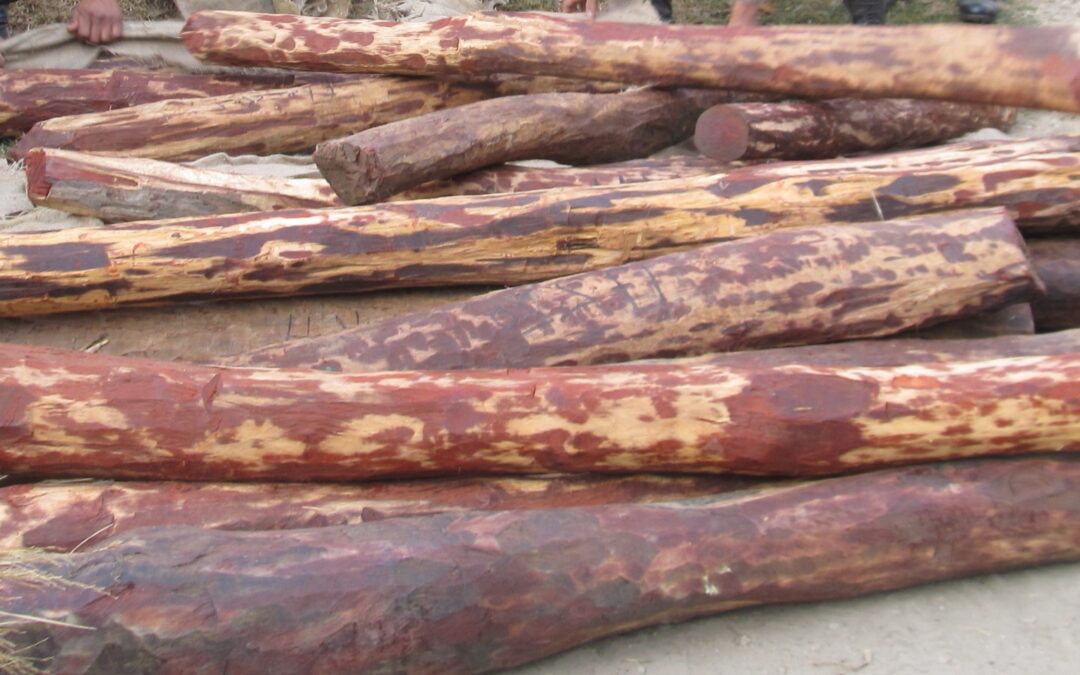
by Ed Slingerland | Apr 2, 2023 | Blog, frequently asked question, Newsletter
Can essential oils also help men with hormone imbalance?
Of all the essential oils for hormones, Sandalwood oil is most effective in helping to balance testosterone levels in men, but of course in women as well. Sandalwood is also a natural aphrodisiac, making it a common ingredient in perfumes for men. It has a wonderful masculine scent.
For men with low testosterone, the advice is to add a few drops of Sandalwood oil to your homemade deodorant or your homemade body cream. Not only is it a great way to smell amazing, it is also a way for helping improve your libido and helps with hormonal imbalance.
You can mix all essential oils very easily with a good organic, carrier oil like Young Living’s V-6 or just nice smelling coconut oil. Smear it on different areas of the body, this way the oil is absorbed through the skin into the bloodstream throughout the body.
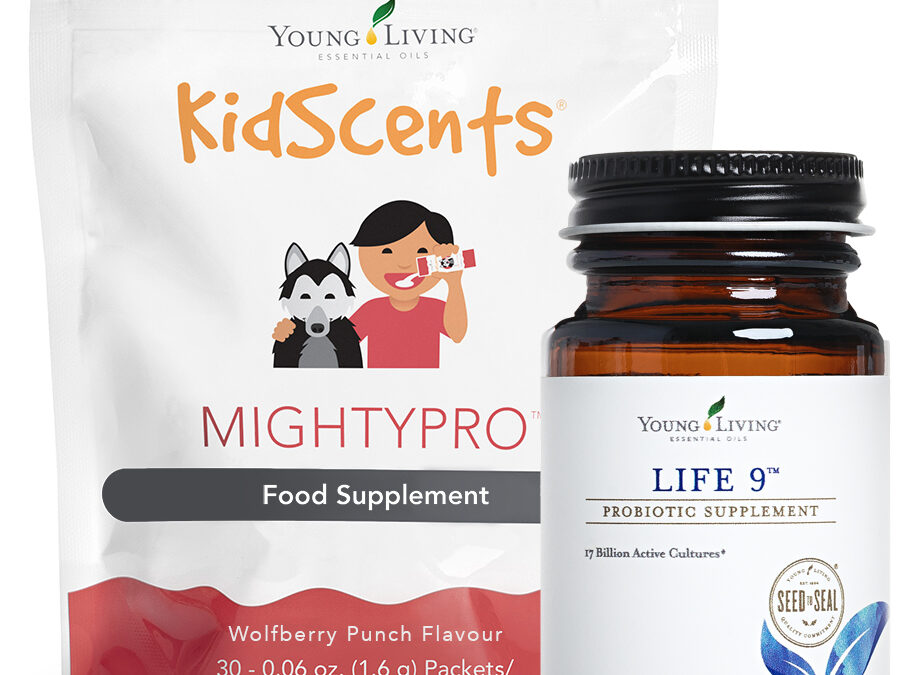
by Ed Slingerland | Mar 1, 2023 | Blog, frequently asked question, Newsletter
What is the difference between PREbiotics and PRObiotics? Our bodies are home to 100 trillion bacteria: the microbiome. A large proportion of these live in the gut, which is also known as the intestinal flora. In a healthy intestinal flora, beneficial and harmful bacteria are in balance. In this case, the inside of the intestinal wall is completely occupied by bacteria. As a result, the harmful bacteria cannot multiply because there is insufficient space and food for new bacteria. Thus, the balance is maintained.
The harmful intestinal bacteria can cause diarrhoea, infection or intestinal inflammation.
In contrast, the good gut bacteria help keep the bad gut bacteria under control; they help boost your immune system, reduce gas and improve digestion. The body also needs the good gut bacteria to synthesise certain vitamins and absorb certain nutrients.
So while prebiotics and probiotics are both good for health, the difference between prebiotics and probiotics is really what they do and where you can find them.
Prebiotics are mainly found in vegetables, fruits and grains, but also in legumes and nuts. So prebiotics are fibres, but not all fibres are prebiotics!
PRObiotics are mainly found in dairy products that contain large amounts of useful lactic acid bacteria. These bacteria, such as lactobacilli and bifidobacteria, survive stomach acid and therefore reach the gut.
Young Living has 2 very nice probiotic products: Life 9 contains a combination of nine friendly bacterial strains with a total of 17 billion live bacteria.
- Lactobacillus acidophilus
- Bifidobacterium lactis
- Lactobacillus rhamnosus
- Streptococcus thermophilus
- Bifidobacterium longum
- Bifidobacterium breve
- Lactobacillus salivarius
- Lactobacillus plantarum
- Bifidobacterium bifidum
KidScents® MightyPro is a unique supplement specially formulated for children over the age of two. This dietary supplement contains more than eight billion live cultures
- lactobacillus paracasei
- lactobacillus acidophilus
- lactobacillus rhamnosus
- lactobacillus plantarum
- streptococcus thermophiles
- bifidobacterium infantis.

by Ed Slingerland | Feb 6, 2023 | Blog, frequently asked question, Newsletter
Why is there always Ylang Ylang in perfume?
Ylang-ylang is a yellow, star-shaped flower from the Cananga tree. The flower is found in tropical rainforests in India and parts of the Philippines, Indonesia, Malaysia., Australia, as well as on the Farm Finca Botanica in Ecuador. The flower has a wide range of benefits (based on scientific research and cultural traditions), ranging from beauty (it is known for its fragrance) to wellness benefits such as:
It brightens your mood. In a 2009 study, the flower increased calmness in participants. Whether applied directly to the skin or inhaled through a diffuser, the flower’s constituents can be a great stress reliever.
It acts as an aphrodisiac. There is no research to support this claim. However, the flower’s soothing properties have been associated with stimulating sexual desire and balancing mental health. In Ecuador, ONLY WOMEN pick the flowers ( of which the heart of the flower turns red)… You now understand why!
It supports the appearance of the skin. The main ingredient -linalool- uses its action to nourish, moisturise and help repair the skin. Read more about it in a 2017 study.
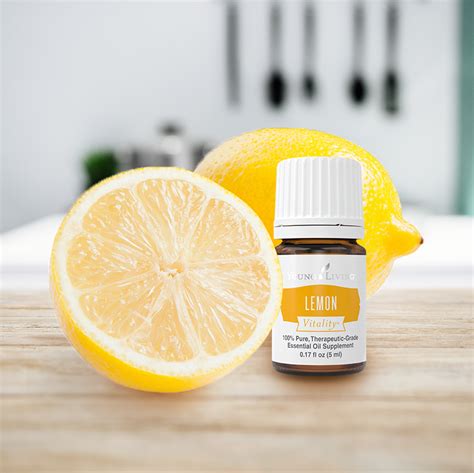
by Ed Slingerland | Jan 1, 2023 | Blog, frequently asked question, Newsletter
Are essential oils or oil products suitable for detox?
Essential oils are powerful tools for detoxifying the body. They can be used in a variety of ways, including diffusing them into the air, applying them topically to the skin, or taking them internally. When used properly, essential oils can help to cleanse the body of toxins, reduce inflammation, and promote healing.
There are a few things to keep in mind when using essential oils for detox. First, be sure to only use high-quality, therapeutic-grade oils. Second, start slowly and increase the amount you use gradually as your body becomes more accustomed to them. Finally, pay attention to how your body responds to each oil and make adjustments as needed.
Some good essential oils to use for detox are lemon, grapefruit, peppermint, rosemary, and ginger. diffusing these oils into the air is a great way to purify the air and promote detoxification. You can also add a few drops to a bath or apply them topically to the skin. When taking essential oils internally, be sure to start with just a drop or two and increase the amount gradually. You can add them to water, tea, or smoothies, or put a few drops under your tongue.
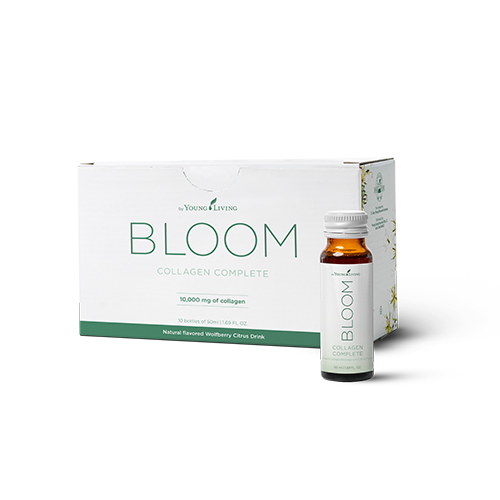
by Ed Slingerland | Nov 1, 2022 | Blog, frequently asked question, News, Newsletter
Why does Young Living use fish collagen in its skin care products?
There are always questions about why Young Living uses certain compounds while “the competitor” uses a different compound for the same effect.
Alejandra Castellon, MSc Sr. Manager of Product Development – Nutrition at Young Living Essential Oils, explains why and how Young Living uses Collagen in its skincare products.
Check out the whole video HERE!





